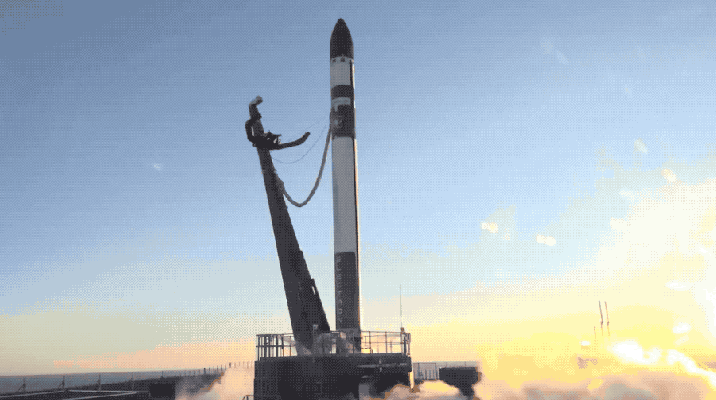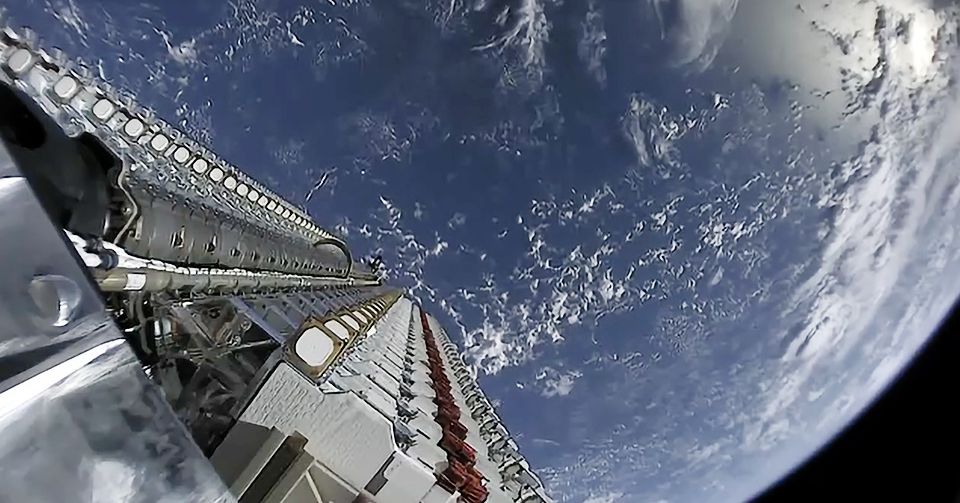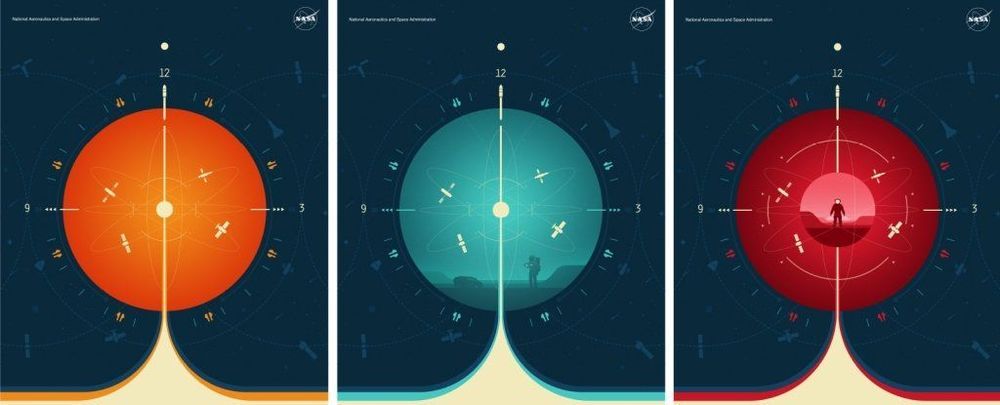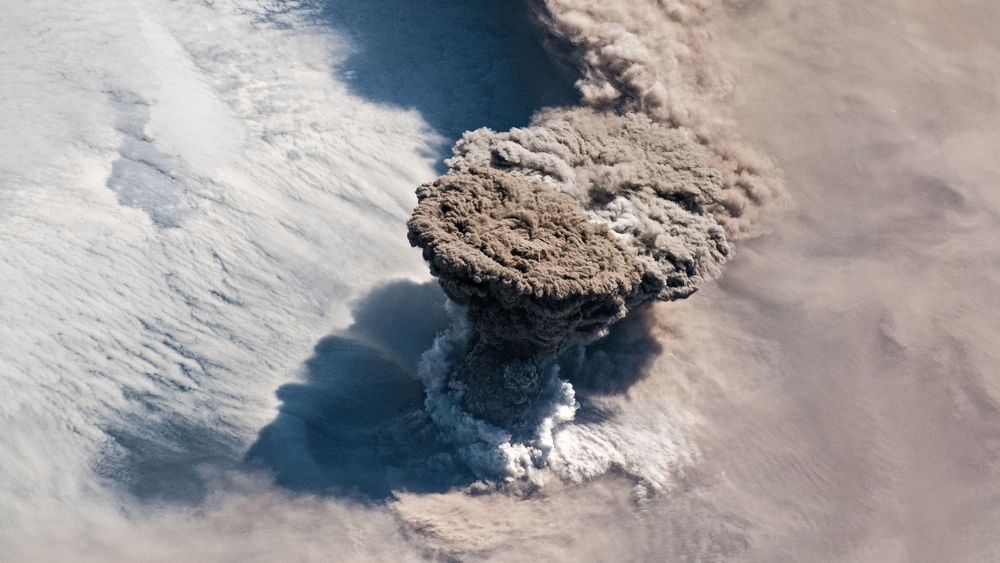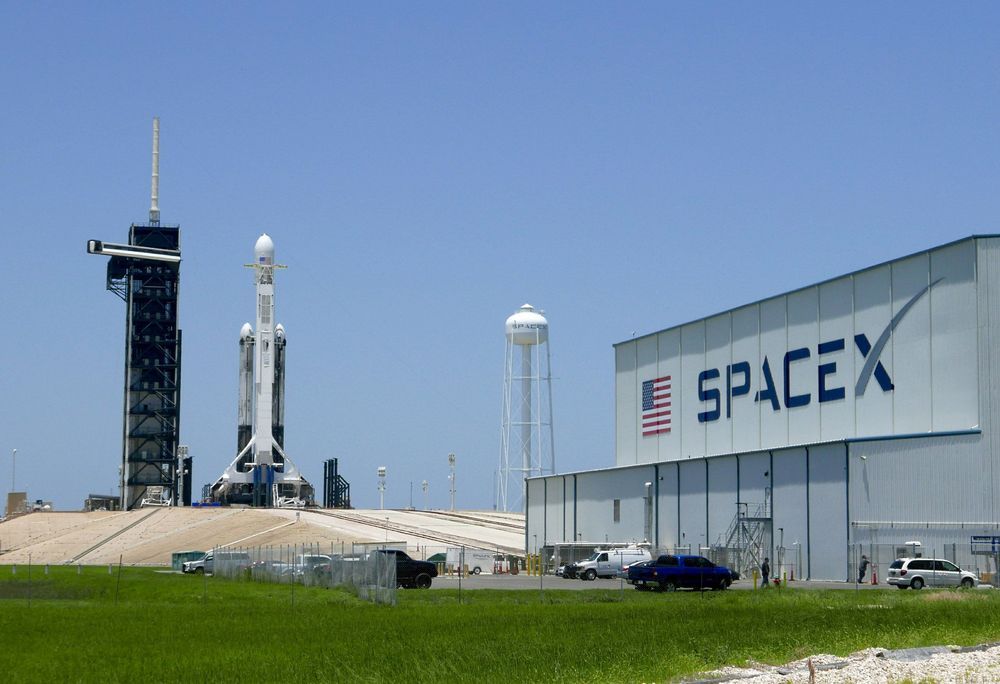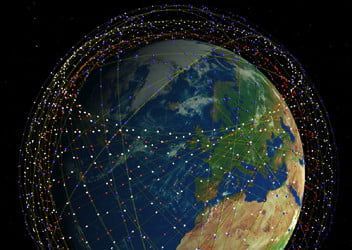Britain could soon be sending tourists into orbit after the UK Space Agency began drafting regulations to allow human launches from spaceports in Cornwall and the Scottish Highlands.
The government is already committed to putting satellites into space from British soil and recently signed a deal with Virgin Orbit to start building the facilities to allow horizontal launches.
Now the UK Space Agency has confirmed it is drawing up regulations to allow sub-orbital human spaceflight, with Virgin Galactic the most likely candidate to take tourists beyond Earth’s atmosphere where they can experience weightlessness and see the curvature of the planet.

